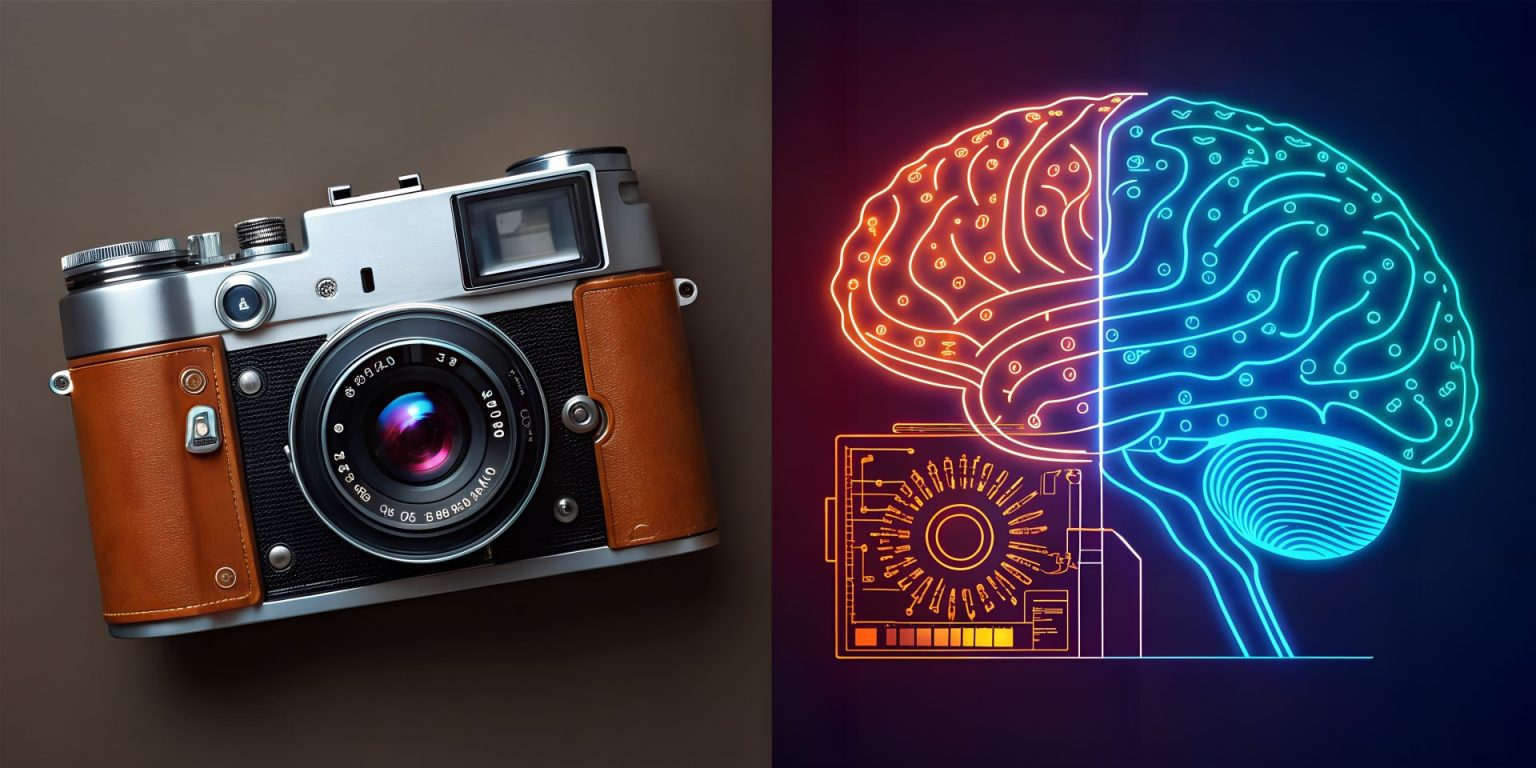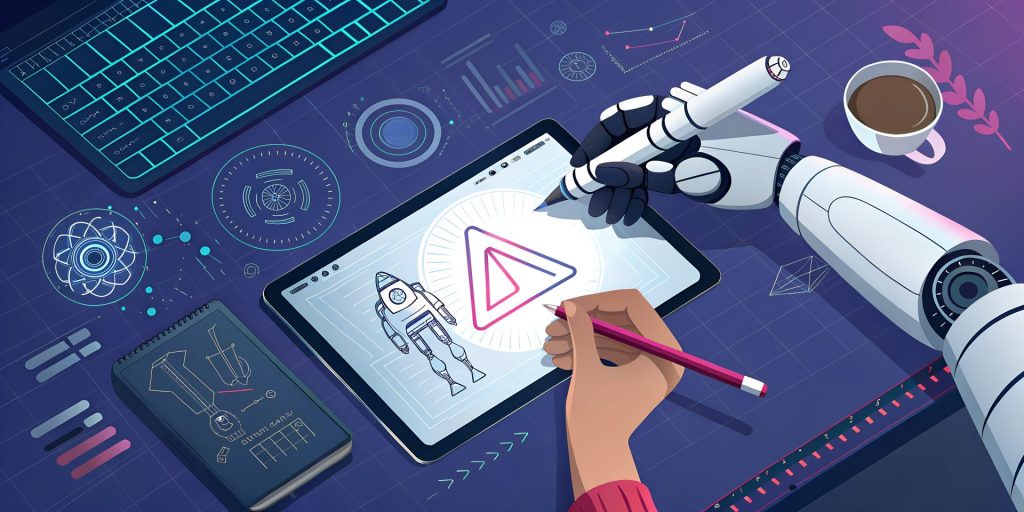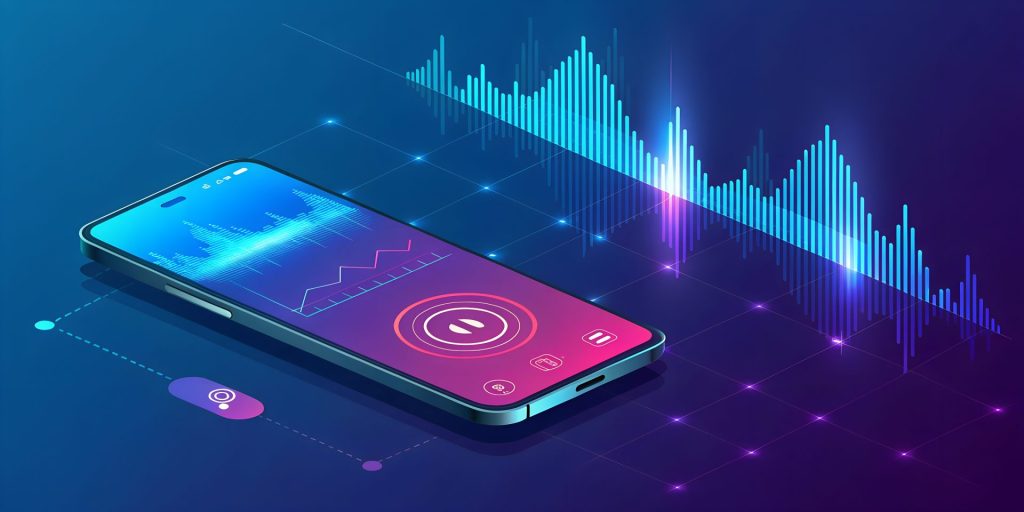Nowadays, attractive product photos are essential to grab customers’ attention and generate sales. Seventy percent of consumers rely on pictures when making a purchasing decision. Thanks to its ability to create and edit images faster, more efficiently, and effectively, Artificial Intelligence (AI) is now a major player in Photoshop for products. As per Shopify, AI product photography has increased the conversion rate for businesses up to 15%.
If you’re considering AI Photography, this article is a must-read. The world of technology and creative thinking connects more than ever. Each aspect of the business uses AI to make work easier and more efficient. The world of product photography is experiencing a seismic change.
AI Product Photography: A Cost-Effective and Efficient Solution
AI product photography entails using artificial intelligence (AI) to enhance and simplify images of products for eCommerce. AI automation could improve the efficiency of the photography process by as much as 75% through streamlining repetitive processes. This is more than simple editing software.
This is the basic breakdown:
Generating Images
AI can produce product images by starting from scratch. Most often, you upload a couple of pictures of your items before the AI tool creates realistic photos using different angles, colours, and backgrounds. The market is flooded with AI tools that allow you to create photos from scratch with an input.
Editing and Enhancing
AI can automate complex editing tasks such as removing backgrounds, adjusting lighting, and adding shadows. This can save significant time compared to manual editing using Photoshop, which reduces processing time by up to 30 percent. All you have to upload is an image of your product, and it will immediately remove the background. Then, place it in the setting you prefer within a few minutes.
Creating Mockups
Specific AI tools allow you to create life-like images of your products by arranging them in different locations. This will enable you to showcase your product, making it more attractive to potential purchasers. Marketing teams can also test A/B designs to discover which subjects appeal to their targeted people and could increase the click-through rate by 15% to 30%. The most well-known names include Photoroom, Pebblely, and Canva.
Cost-Effective and Efficient Solution
Are you looking for a low-cost option for product photography? AI product photography is ideal for setting up a camera or lighting setup, or even hiring an experienced photographer. Some studies suggest saving 70 percent or more on costs for photography. All you have to do is capture an example photo, and then upload it. The AI software can handle lighting, background, and even editing.
The Ethics of AI Photography
“The ethical issues of AI photography are influenced by many factors related to security, authenticity, privacy, and social impact. In the future, as AI technology is embedded into the realm of photography, fully understanding ethics will be essential. Below are the main ethical questions related to AI within photography:
Authenticity and Manipulation
- True: AI tools can manipulate images in a substantial way, which could alter reality or even create new ones. These manipulations can cause doubts about the authenticity of the image and the accuracy of its representation of an object or scene.
- Deep Fakes: Artificially generated images, also known as “deep fakes,” can be used to make convincing but false representations of individuals or events. This can lead to confusion and harm.
- Arts and Humanities Integrity: The application of AI to edit and create images could challenge conventional notions of the integrity and authenticity of art. Who is the creator? AI or the person who is using it?
Privacy Concerns
- Facial Recognition and Surveillance Tools for photography powered by AI can detect individuals and collect details without their consent. This poses privacy risks, particularly when government agencies monitor their customers.
- Data Collection: Many AI applications for photography demand huge amounts of data, including personal data, that could be gathered and misused.
Bias and Representation
- Algorithmic Bias: AI algorithms have been trained on previous data and can be biased, which is then perpetuated by artificially-generated photography. This could lead to untrue representations and perpetuate stereotypes, particularly with the automated processing of images and image analysis.
- Culture Sensitivity AI isn’t equipped to recognize cultural distinctions, which can result in inappropriate or offensive depictions.
Ownership and Copyright
- Intellectual Property: Determining rights to AI-generated photos is a complex matter. When an AI tool produces a photo whose copyright is owned by the person who developed the tool, the user, or even the AI itself?
- Creative Rights Photographers working with AI tools should know what percentage of their work is unique versus machine-generated and how it influences their creative rights.
Impact on Professional Photography
- Employment displacement AI technology can do tasks previously performed by photographers. These include editing or even creating images, and could affect jobs in the photography industry.
- Skill dilution, as AI allows photography to be more easily accessible, could appear to be a perception of devaluation for professional expertise and skills.
Creative Control and Authorship
- Shared authorship: AI tools significantly contribute to the image and blur the boundaries of authorship between the photographer and the machine.
- Human oversight. Ensuring that humans are responsible for AI photography is essential to ensure creative control and accountability.
Regulations and Guidelines
- Ethical standards. It is believed that there is an urgent need for ethical standards and guidelines for regulating AI for photography. This will ensure ethical practices that safeguard people and society at large.
- Legal Frameworks The process of developing legal frameworks that address concerns such as copyright, privacy, and the liability of a person is vital since AI is constantly evolving in photography.
Who Benefits from AI Product Photography?
There’s only one answer for everyone who is looking to elevate their Photoshop and online appearance to the next level. From big eCommerce companies to sole entrepreneurs, everybody will benefit from AI product photography. It’s an important step forward because it’s an affordable and effective technique for making stunning photos. These will attract customer focus and drive sales.
Conclusion
Learn about the world of AI products, photography, and discover how they could change the way you create images for your products. They are magic for busy companies. They will save time and money while letting you concentrate on managing your company. Furthermore, AI enables you to get imaginative with different backgrounds and editing, which makes your work shine.
The most exciting part? AI assists you in selling more. High-quality photos grab the attention of viewers and turn visitors into buyers. Don’t get left behind. Trib Dot helps you transform your images of your products from dull to boom!
Then why not? Make the most of AI now and bring your photos of products up a notch!





